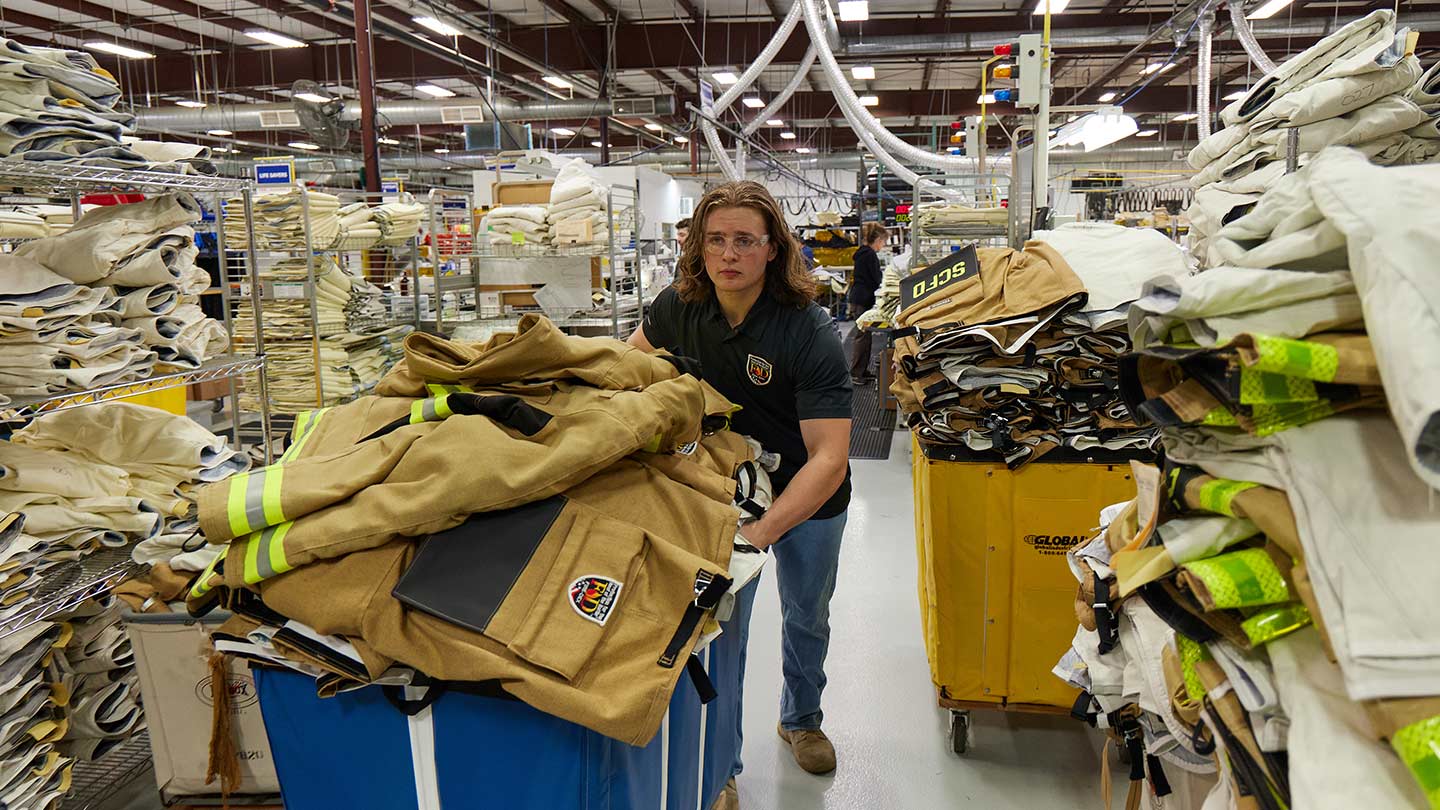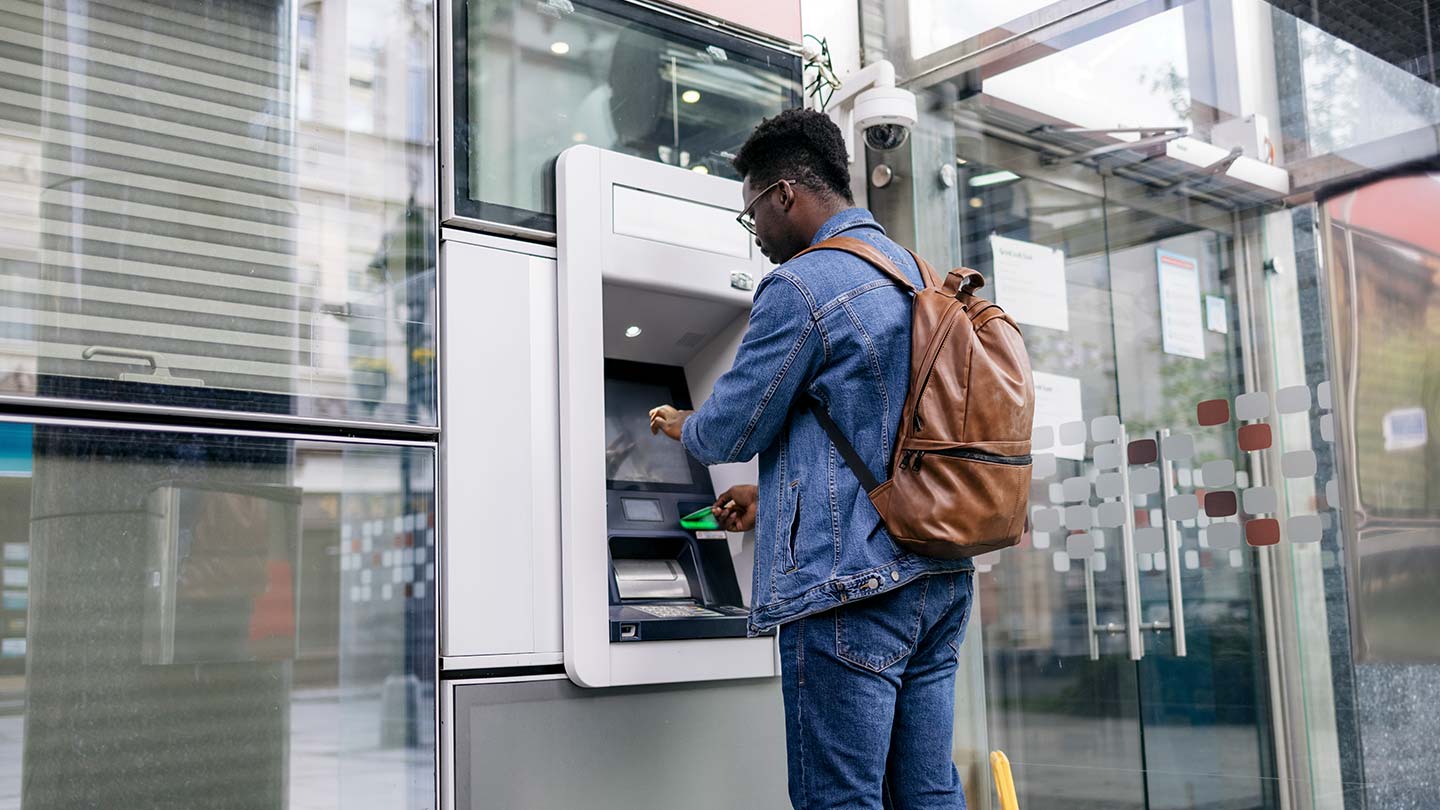Today, the JPMorgan Chase Institute produced new research exploring the relationship between participation on the platform economy and involuntary job loss, as indicated by the arrival of unemployment benefits. While fewer than one percent of Americans experiencing job loss participate in the Online Platform Economy, the data show participation on transportation apps increases 72 percent around the receipt of unemployment benefits. Participation in selling platforms similarly increases 27 percent following involuntary job loss.
“Understanding how families use the Online Platform Economy to smooth their income in the face of major cash flow events is critical to understanding the role of these platforms in our economy,” said Diana Farrell, President and CEO of the JPMorgan Chase Institute. “The $150-$250 that these families earn on platforms following job loss is being used as a crucial shock absorber for financial volatility.”
The report builds on previous research from the JPMorgan Chase Institute on the Online Platform Economy, exploring where Americans are earning income and how earnings from platforms figure into family income. The new report, “Bridging the Gap: How Families Use the Online Platform Economy to Manage their Cash Flow” finds that:
- Families turn to the Online Platform Economy when they lose a job and turn away from it when they gain a full-time job, particularly turning to transportation or selling platforms to supplement income.
- Transportation platform participation rates increase from 0.43 percent to 0.74 percent around the receipt of unemployment insurance benefits—an increase of 72 percent. Participation rates on selling platforms increase from 0.22 percent to 0.28 percent—an increase of 27 percent.
- Participation on transportation platforms declines sharply in the weeks leading up to a family receiving a first direct payroll deposit from a new employer from a peak of 1.1 percent seven weeks before the first direct deposit to 0.69 after the first direct deposit.
- The Online Platform Economy is a more potent income-smoothing tool for men than women.
- When a family begins collecting unemployment insurance, platform participation increases from 0.7 percent ten weeks prior to 1 percent if the primary account holder is a woman, and to 1.2 percent if a man. These translate to proportional increases of 43 percent and 60 percent, respectively.
- There is no apparent evidence of men turning to one sector and women turning to another, with both men and women turning primarily to the transportation sector.
- Average revenues per driver, and the gender gap in those averages of around $30, remain stable in the weeks leading up to a first unemployment insurance payment. Notably, the gap increases to about $50 in the weeks after.
- Unlike changes in job status, tax-related cash flows have no effect on participation in the Online Platform Economy.
- Tax refunds and tax payments do not catalyze changes in participation in the Online Platform Economy, other than a dip in driver participation in the week when a tax refund is received.
The research leverages the JPMorgan Chase Institute Online Platform Economy Dataset, based on 38 million payments directed through 128 different online platforms to 2.3 million distinct account holders, out of a sample of 39 million, between October 2012 and March 2018. The new report tracks how Online Platform Economy participation rates and average weekly platform revenues evolve cash flow events. In total the report tracks five specific events in 2016 and 2017: a family receiving its first direct deposit from a platform company indicating entry into the Online Platform Economy, job loss, job gain, receipt of a tax refund, and tax payment.
To identify trends and differentiate the types of work taking place in the platform economy, the JPMorgan Chase Institute has identified four different platform sectors:
- The transportation sector, in which drivers transport people or goods;
- The non-transport work sector, in which workers offer a growing variety of services including dog walking, home repair, telemedicine, and many others;
- The selling sector, in which independent sellers of goods find buyers through online marketplaces; and
- The leasing sector, in which lessors find lessees to rent homes, parking spaces, and many other types of assets.



